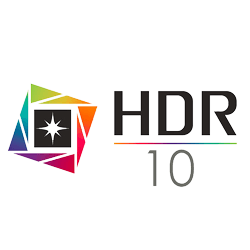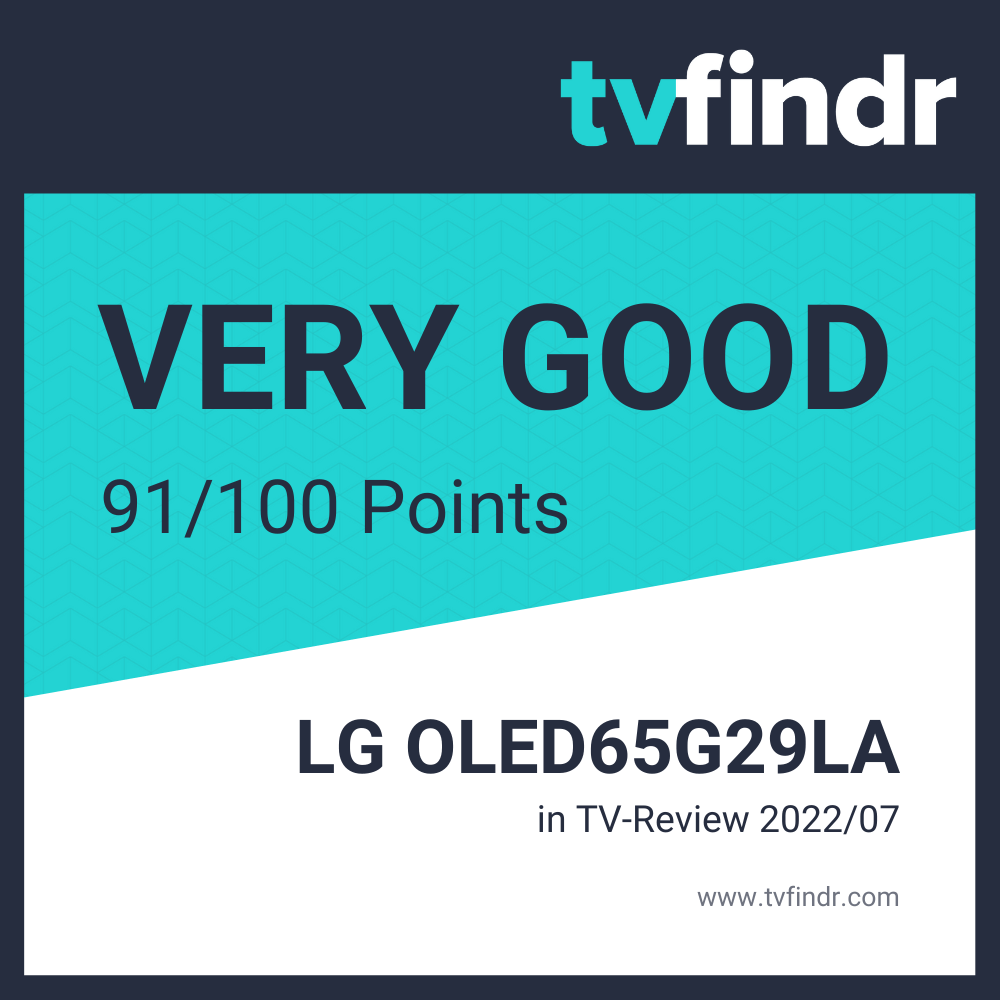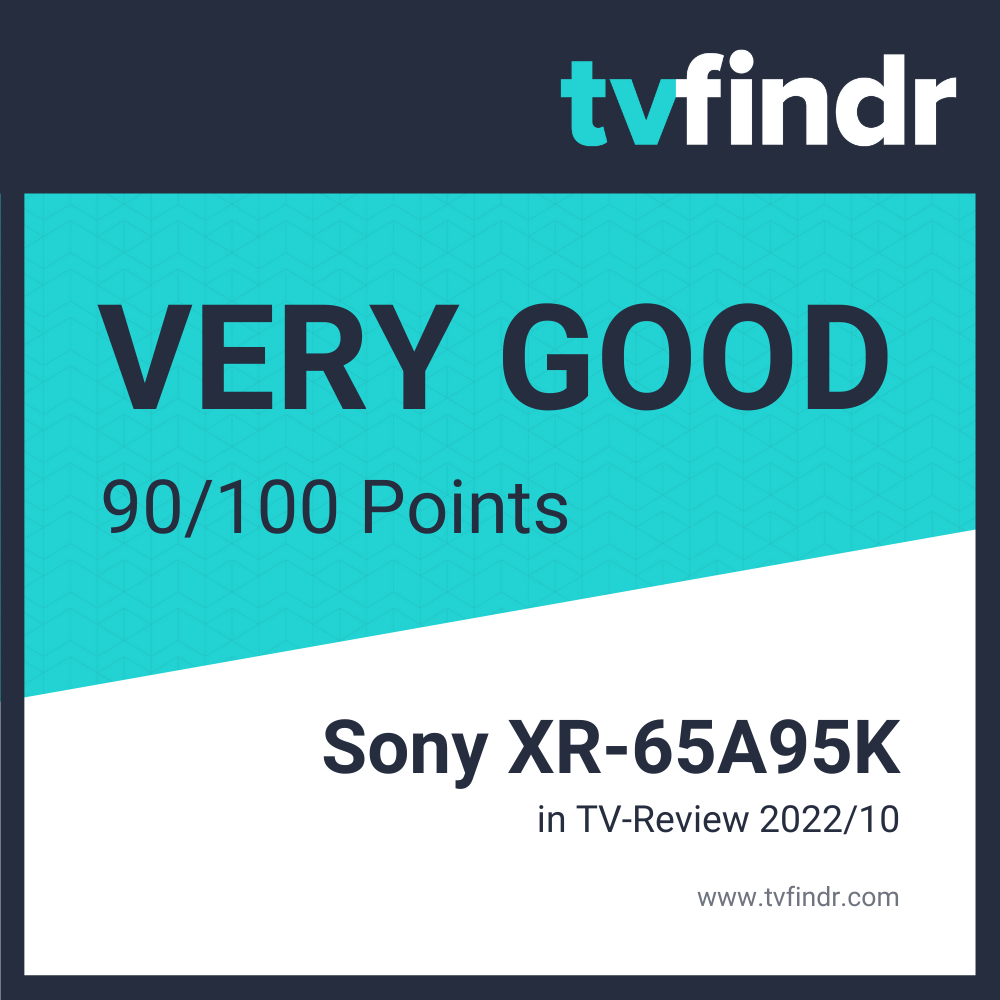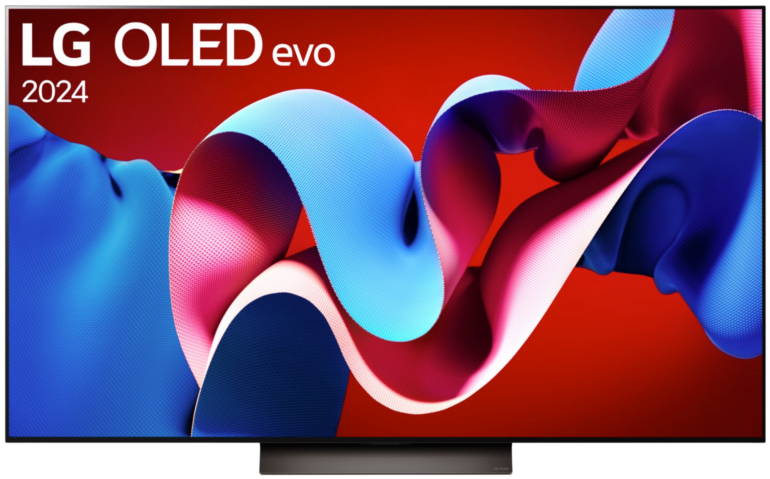LG OLED evo G2 vs Sony A95K QD-OLED TV comparison 2022/12


Hey! If you buy through our links, you support our project. It won't cost you a cent more! Many thanks in advance! ♥️
LG OLED evo G2 and Sony A95K QD-OLED compared – Which TV is better?
Detailed comparison: LG OLED evo G2 or Sony A95K QD-OLED
Balanced handling of light reflections
Both the LG and the Sony can handle reflections comparatively well in our comparison of the LG OLED evo G2 vs Sony A95K QD-OLED and are rather slightly above the usual OLED level in terms of minimizing indirect and direct light sources. Nevertheless, even these two TVs are not able to reduce reflections to an absolute minimum.
Despite their comparatively high luminance – for OLED TVs – even these top models can reach their limits in very bright ambient light and additional sunlight and cannot guarantee a smooth viewing experience throughout. Dimmed lighting conditions are therefore clearly beneficial here.









Identical at all angles
The so-called viewing angle stability is essential when you gather in front of the TV in large numbers. For logical reasons, not all viewers can look at the screen from the same position.
While backlit models tend to have weaknesses in this category, OLEDs can clearly claim that they often have no or hardly any quality drawbacks. On the panels of both models in our comparison between the LG OLED evo G2 vs Sony A95K QD-OLED, the image content retains good color saturation and the necessary brilliance even from extremely oblique viewing angles.






An absolutely good view
Compared to HDRHigh Dynamic Range – image/video with more dynamic range (contrast range) material, content in the standard color space cannot be displayed quite as brightly by TVs. Compared to the A95K, the G2 has a luminance advantage in this category of our LG OLED evo G2 vs Sony A95K QD-OLED comparison, since the Sony’s automatic image dimming is set much more aggressively and content is adjusted noticeably darker when displayed for longer periods of time.
However, LG’s advantage is made up by the higher color space coverage. With an energy consumption of only 95 kWh over 1000 operating hours, the G2 can still make up some ground, but it has to admit defeat in the end.


Brilliance at a high level
Thanks to its heat sink, LG’s OLED evo G2 can clearly improve in brightness compared to the prior-year model and thus also relegate Sony’s flagship below it.
Nevertheless, you will also find the A95K on the upper shelf if you are looking for OLED models with top brightness levels. In general, both devices clearly offer the prerequisites for displaying bright picture details.
In contrast to the LG TV, the QD-OLED uses about a third less energy to bring its HDRHigh Dynamic Range – image/video with more dynamic range (contrast range) performance to the screen in this comparison between the LG OLED evo G2 vs Sony A95K QD-OLED. However, that is not enough to win the first place in the end.









Best picture quality by Sony
Sony’s technicians keep the display of natural colors on the screen a special focus for their lineup. The A95K is really excellent at this and shows why the picture quality can be a decisive argument for buying a product from the Japanese manufacturer.
Coupled with IMAX Enhanced compatibility and Dolby VisionDynamic HDR-format with a color depth of up to 12 Bits and Mastering of up to 10,000 Nits, cinema fans get a large package of features. In return, LG scores with a more powerful 6-channel sound system in the G2.
Since both TVs in our comparison between the LG OLED evo G2 vs Sony A95K QD-OLED have a three-dimensional surround sound experience, the flat picture frame TV ultimately has to subordinate itself in this category.


Large offer with small snags
Both configuration fronts have a wide range of offerings in this comparison and only differ from each other in a few details. The most important criteria for next-generation gaming is HDMI 2.1 and 4K@120 hertz. These requirements are already offered by the two TVs. In addition, they each offer top response times and low delays for inputs on the controller.
The main differences in this TV comparison between the LG OLED evo G2 vs Sony A95K QD-OLED are the two additional HDMI ports on the G2 and a detail that we only noticed during testing related to Dolby VisionDynamic HDR-format with a color depth of up to 12 Bits and Mastering of up to 10,000 Nits gaming. You can use the feature, but only with up to 60 frames per second in contrast to the LG. Thus, the Gallery TV secures the first place.






Best picture for sports fans
Whichever of the OLEDs you choose, sports broadcasts can be brought to the screen in the best quality. This is ensured by the interpolationArtificial calculation of more frames than the source material has to offer combined with the two responsive and frame-rich panels. Fast camera movements and nimble actions can be captured more precisely on this basis.
An additional advantage: OLEDs usually have a uniform color structure over the entire screen surface due to their construction. Thus, large playing fields can be displayed more evenly. Only the somewhat wider color space puts the Sony in a slightly better position in this category.
Double sided feature diversity
While the G2 with its webOS 22 interface, Magic Remote and Hands Free Voice Control ensures smooth navigation, Sony’s A95K reveals a rather awkward impression when it comes to the menu structure of its Google TV OS.
LG’s in-house system is simply more organized at this point and can thus be operated easier. In return, the QD OLED comes with an illuminated remote control and automatic person recognition that adjusts the picture and sound settings to your position.
Furthermore, the design of the picture frame TV has been specially developed for mounting on the wall and for the most inconspicuous appearance possible. For this, you get the Gallery Mode feature, which allows you to display real artwork on the device as part of a subscription to create the impression of a painting.
The Sony has two mounting options for the stand, one of which makes the base disappear completely behind the panel.
Both devices in our comparison of the LG OLED evo G2 vs Sony A95K QD-OLED offer full Apple support, a twin tuner, and the option to capture recordings via hard drive or stick directly from the USB port. If necessary, you can use Alexa or Google Assistant.


integriert

integriert



integriert

kompatibel
Our conclusion:Design device vs movie image
Besides the thin look and the – at least for OLEDs – high luminance, another strong point of LG’s OLED evo G2 is its wide range of features. Compared to the A95K, you can also get the Gallery TV at a much more affordable price at your local retailer.
If you absolutely want to enjoy your games in Dolby VisionDynamic HDR-format with a color depth of up to 12 Bits and Mastering of up to 10,000 Nits with 120 hertz, the Sony will unfortunately put a stop to it, since the panel only plays along up to a maximum of 60 frames in the respective setting. A possible exclusion factor for Xbox Series X|S owners.
On the other hand, the advantages of the QD-OLED are clearly in its excellent picture performance. Especially the tone mapping ensures high color fidelity and makes the coloring of the image content look natural. Along with its IMAX compatibility, this TV is just right for movie and series fans.
If you want to experience Dolby gaming to the fullest and absolutely need four HDMI 2.1 ports, we’d rather recommend you keep an eye on LG’s picture frame TV.



